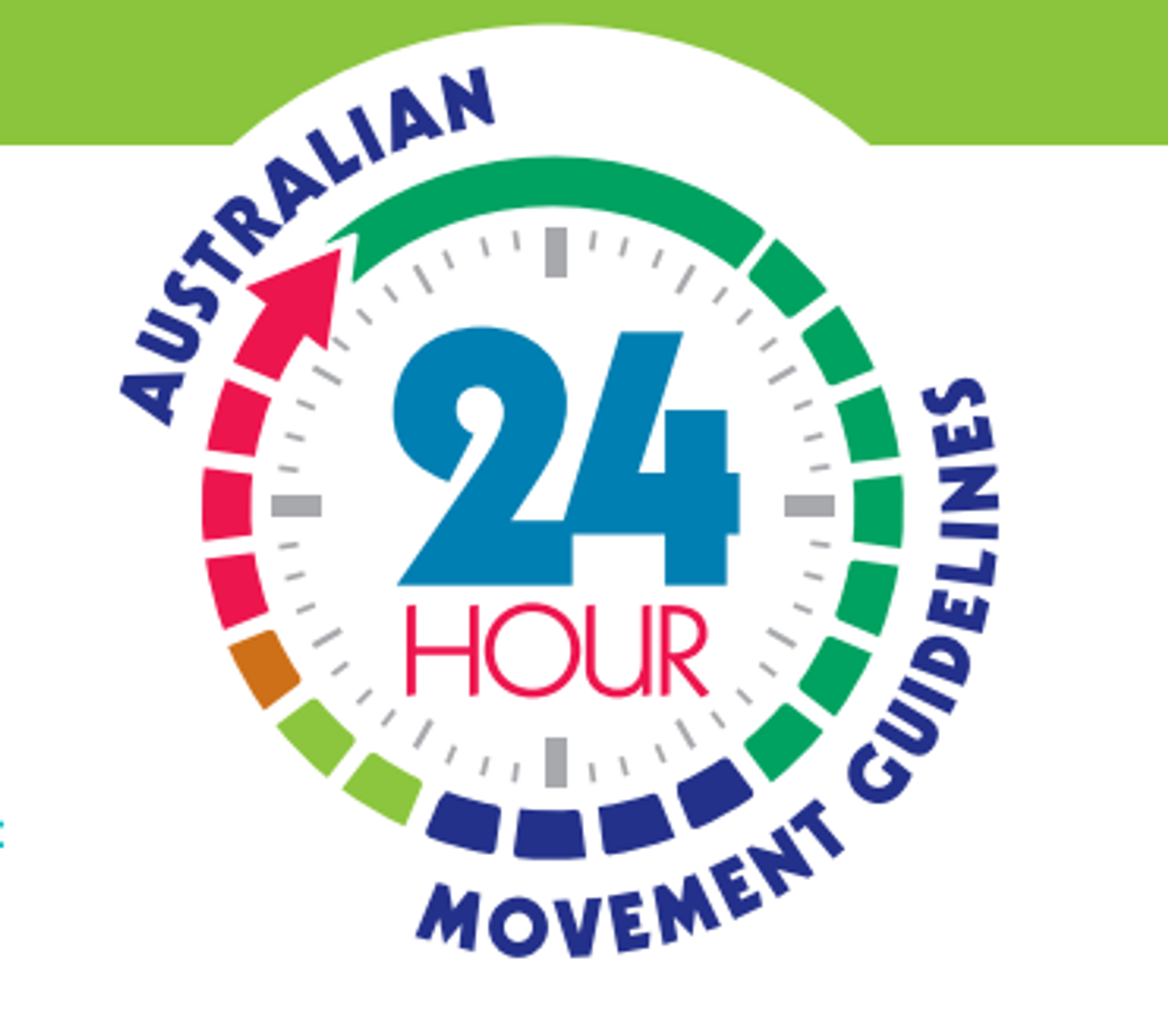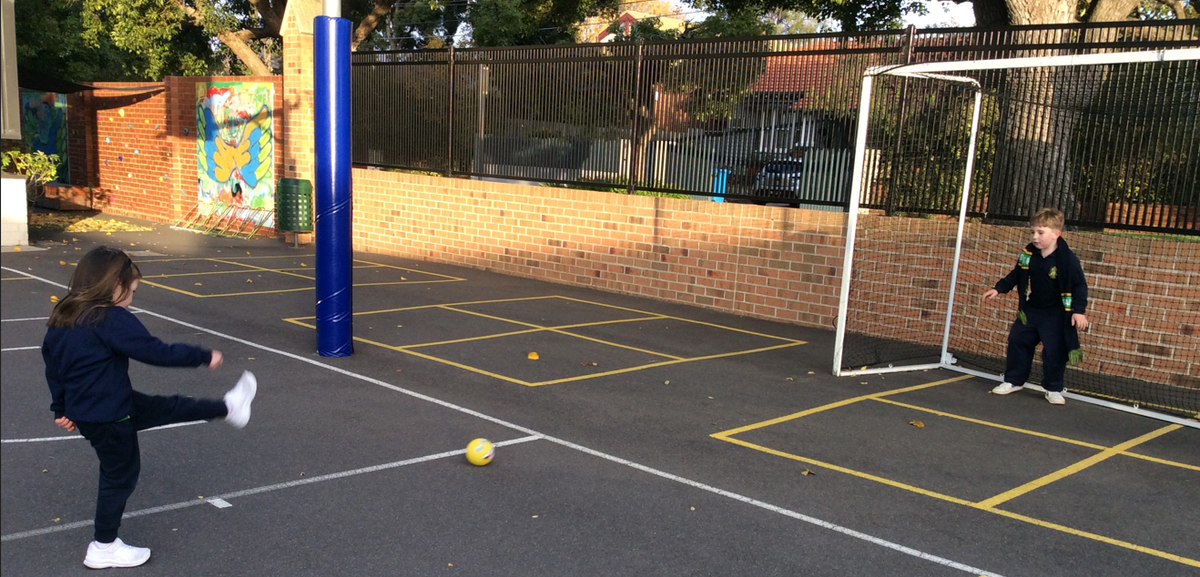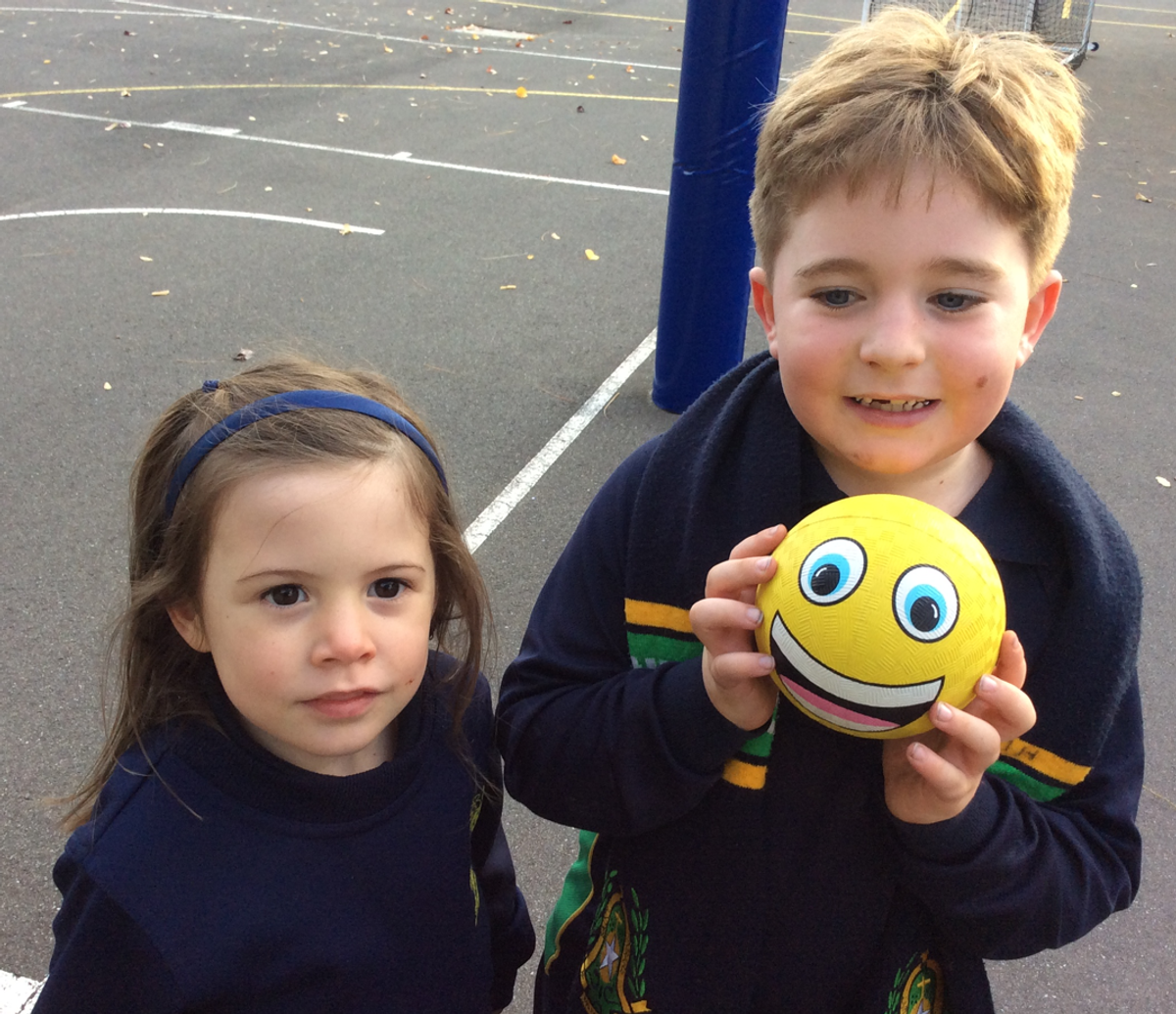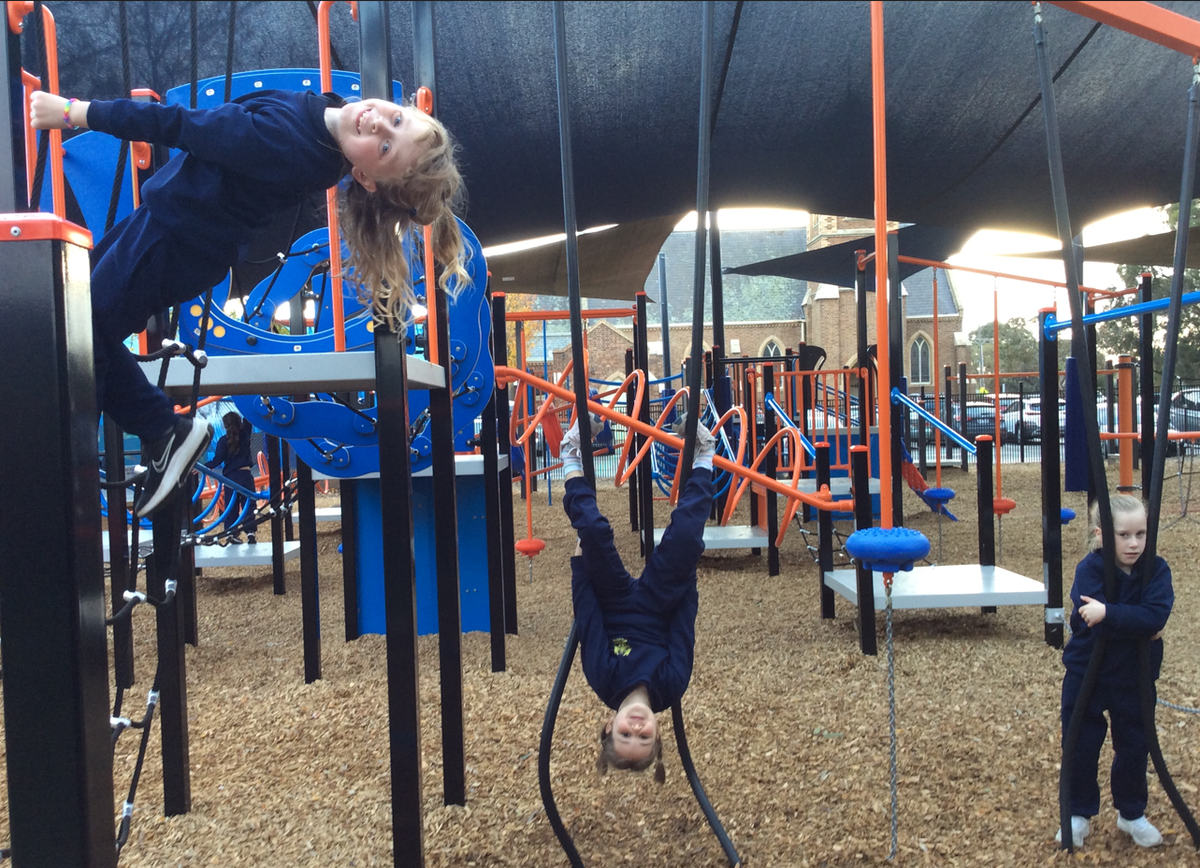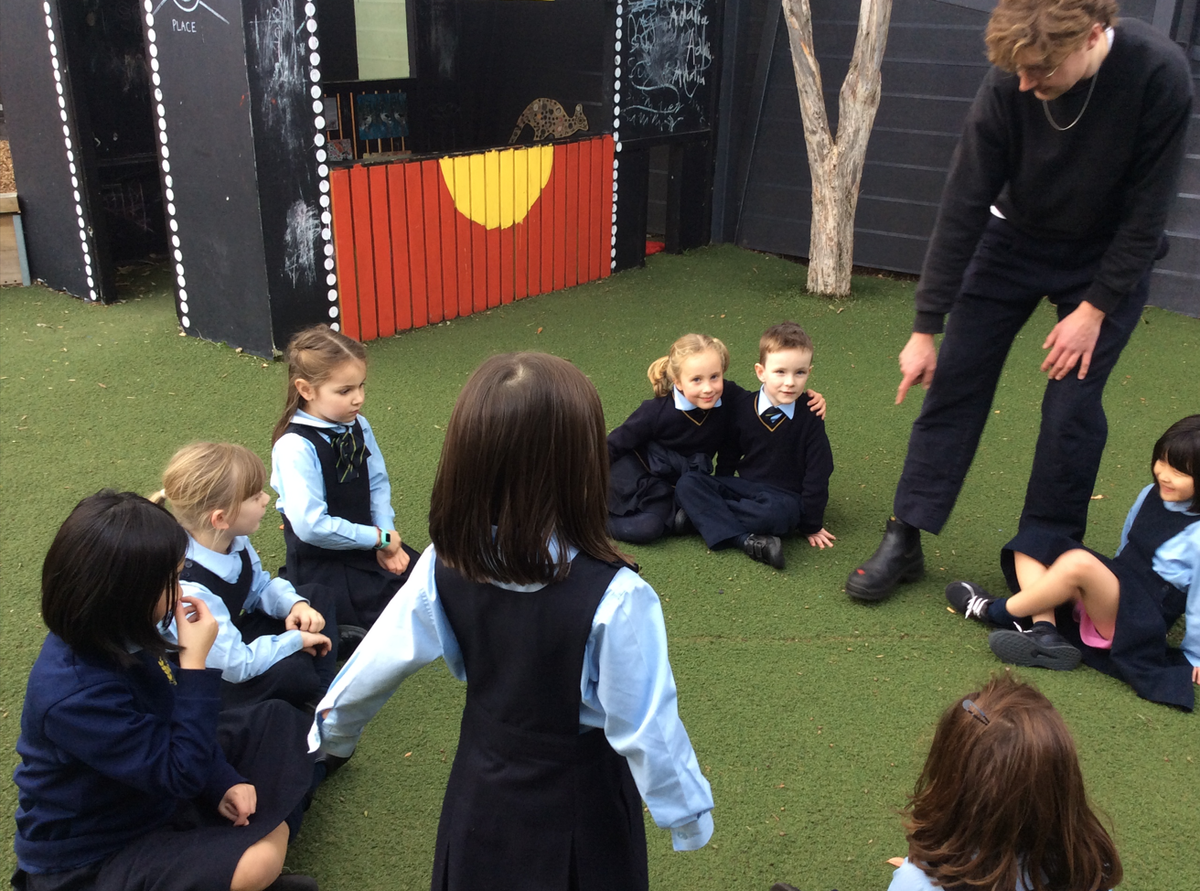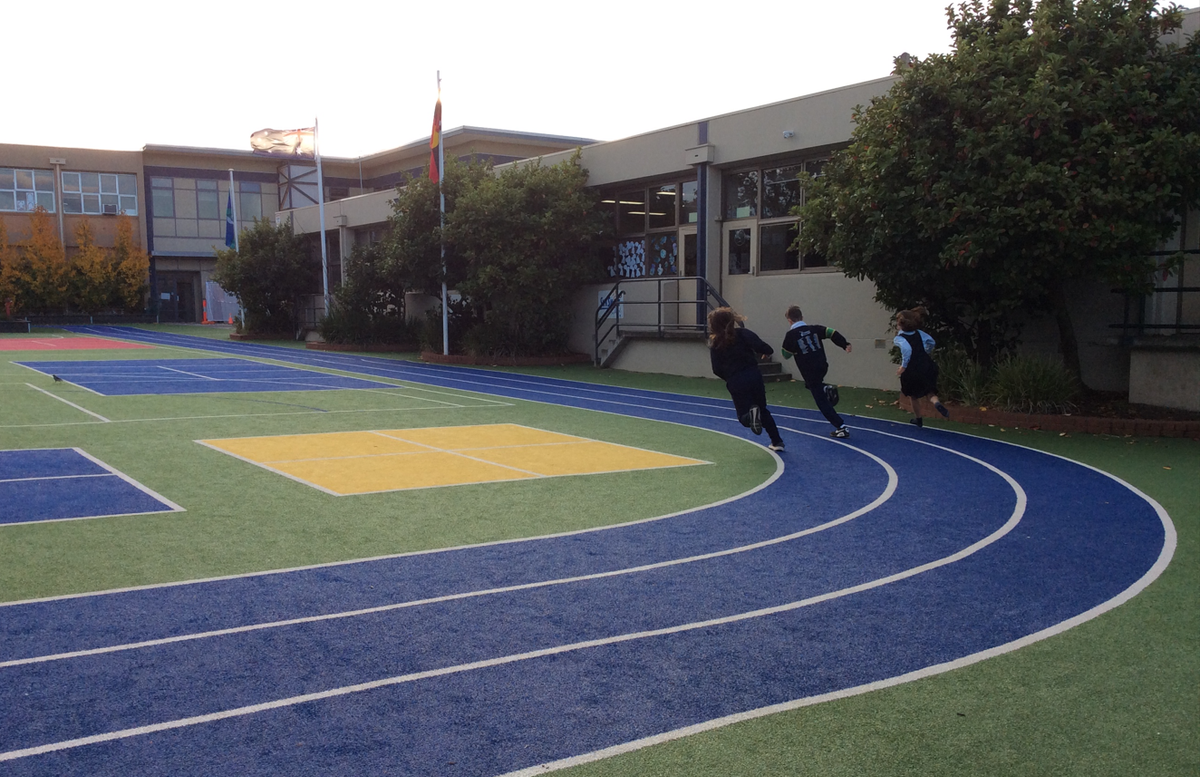Outside School Hours Care

Community partnerships
Community partnerships that are based on active communication, consultation and collaboration are essential for achieving quality outcomes for children.
The OSHC has partnered with the school and will participate in two events this year. The children are very excited to participate in the Art show and Italian day.
Recently, Ms Poulter visited the service and the children were reinvigorated to complete their art show projects which include Chinese lanterns made from recycled bottles and a photographic collaged posters of their friendships at OSHC. # BFF #Memories #fun
Italian day projects will begin next week and the activities will focus on visual displays with all things Italian #fashion #flavoursofItaly #pizza
Physical activity and exercise guidelines for children and young people (5 to 17 years)
The Australian Government has worked with experts to develop guidelines to help parents and educators, support children and young people to build daily routines for better health.
These guidelines are relevant to all children and young people irrespective of gender, cultural or linguistic background, geographic location, or the socio-economic status of the family. Children and young people are encouraged to live an active lifestyle with a daily balance of physical activities, sedentary behaviours and sleep that supports their healthy development. These guidelines may be appropriate for children and young people with a disability or medical condition; however, a health professional should be consulted for additional guidance.
GENERAL ADVICE
For optimal health, children and young people (5–17 years) should achieve the recommended balance of high levels of physical activity, low levels of sedentary behaviour and sufficient sleep each day.
Children and young people should participate in a range of physical activities such as active play and recreation, sports, hobbies, chores and jobs while maintaining good quality sleep and limiting screen time and prolonged sitting. Whether at home or school, indoors or outdoors, on the field or in the water, moderate to vigorous physical activity can provide health benefits.
PHYSICAL ACTIVITY
Children and young people should aim for at least 60 minutes of moderate to vigorous physical activity per day involving mainly aerobic activities that makes their heart beat faster—more is better. The 60 minutes can be made up of shorter bursts of activity throughout the day that add up to 60 minutes or longer.
Activities that are vigorous, as well as those that strengthen muscle and bone, should be incorporated (in the recommended 60 minutes of daily physical activity) at least three days per week. In addition, several hours of a variety of light physical activities should be undertaken each day.
TIPS
Basketball, soccer, netball, lap swimming, skipping or running are all great ways to add more vigorous activity to a day. They don’t have to be organised, paid activities— they can be as simple as grabbing a ball or a friend and running around at the park. Anything that makes kids ‘huff and puff’ counts!
Add to the daily total with moderate-intensity activities such as bike riding, scootering or skateboarding. Swap a drive to the local shops or library with a bike or scooter ride.
Examples of light activities include leisurely walking or playing handball. Walking your dog or to school is a great way to increase light activity. Some activity is better than none.
Great options to strengthen muscles and bones include skipping, running, yoga, jumping, push-ups, sit-ups, lifting weights, lunges, squats, climbing trees or swinging on monkey bars.
Try to switch sitting for being active. Encourage kids to get off the bus a stop earlier, or to meet friends for a game in the park rather than spend their leisure time sedentary on a screen. These small changes will deliver health benefits, but remember to maintain sufficient sleep.
SEDENTARY BEHAVIOUR
Long periods of sitting can counteract the benefits of being physically active so should be broken up as often as possible.
Sedentary recreational screen time should be limited to 2 hours per day. This does not include screen-based activities for educational uses. Encourage positive social interactions and establish boundaries by discussing time limits and age appropriate content with children and young people.
TIPS
Parents: be your child’s role model and keep your own screen time to a minimum and be active too.
Parents: leave the car at home and ride or walk together to your local activities. Be active together on the weekends by taking a nature walk or learning a new activity such as rock climbing.
SLEEP
Sleep is essential for optimal health.
Children (5–13 years) should have 9 to 11 hours of uninterrupted sleep per night and young people (14–17 years) should have 8 to 10 hours uninterrupted sleep per night.
To establish and maintain healthy sleep patterns, children and young people should have a consistent bedtime routine, avoid screen time before sleep, and keep screens out of the bedroom.
TIPS
To keep a consistent routine try not to vary bedtime and wake-up times by more than 30 minutes.
Avoid screens one hour before going to bed.
Make bedrooms a screen free zone.
The OSHC service promotes active play, whether it be structure adult- led activities or children engaging in their own games. The service has a wide variety of equipment which range from basketballs, soccer balls, footballs, bouncy balls, tennis balls and racquets, skipping ropes, scooters and skateboards. These resources consolidate children’s fine and gross motor skills and educators encourage children to use them. All playground areas are utilised and at least an hour is allocated per afternoon, weather permitting, for active vigorous play. The indoor hall facility is also used however this is more so during wet weather days.

